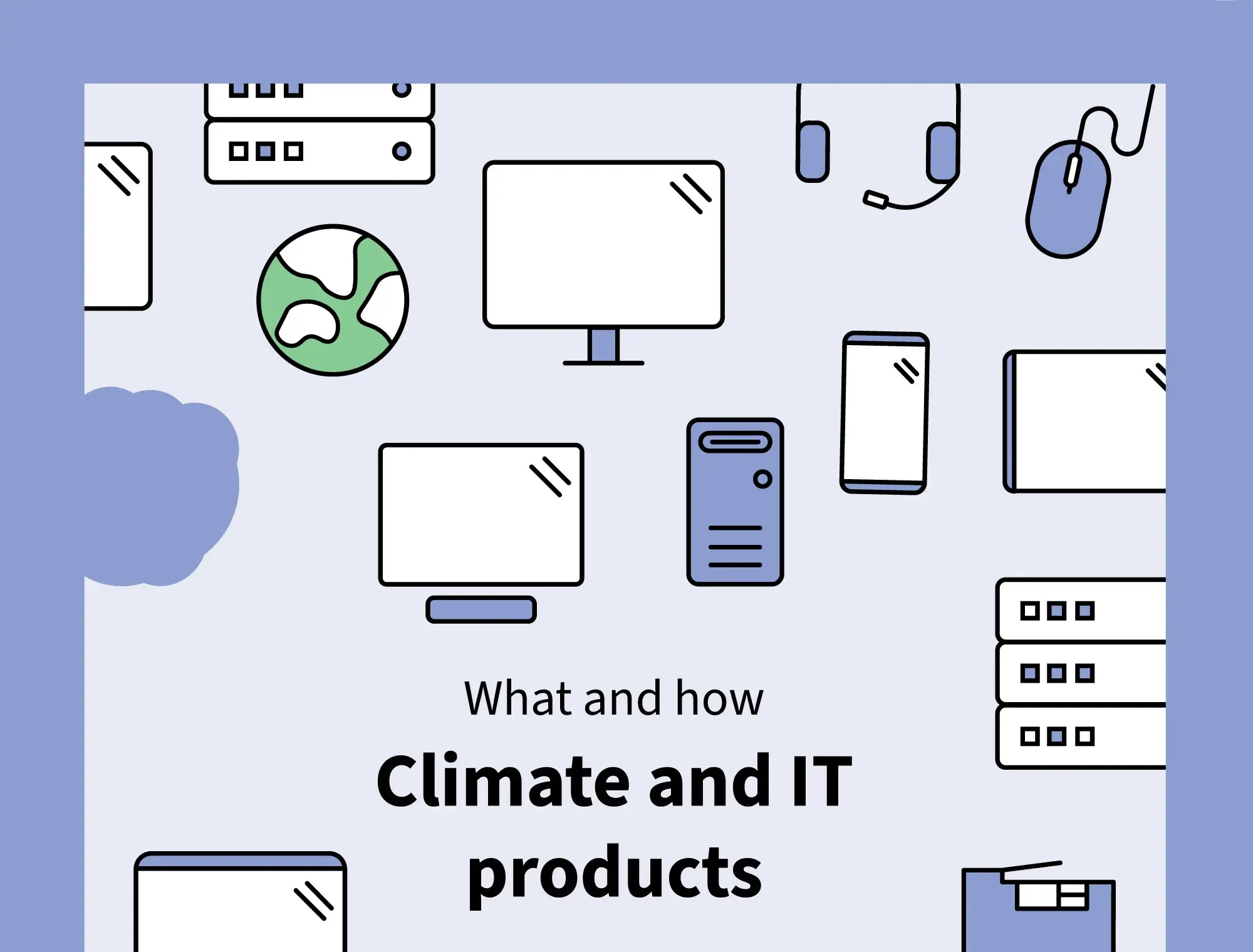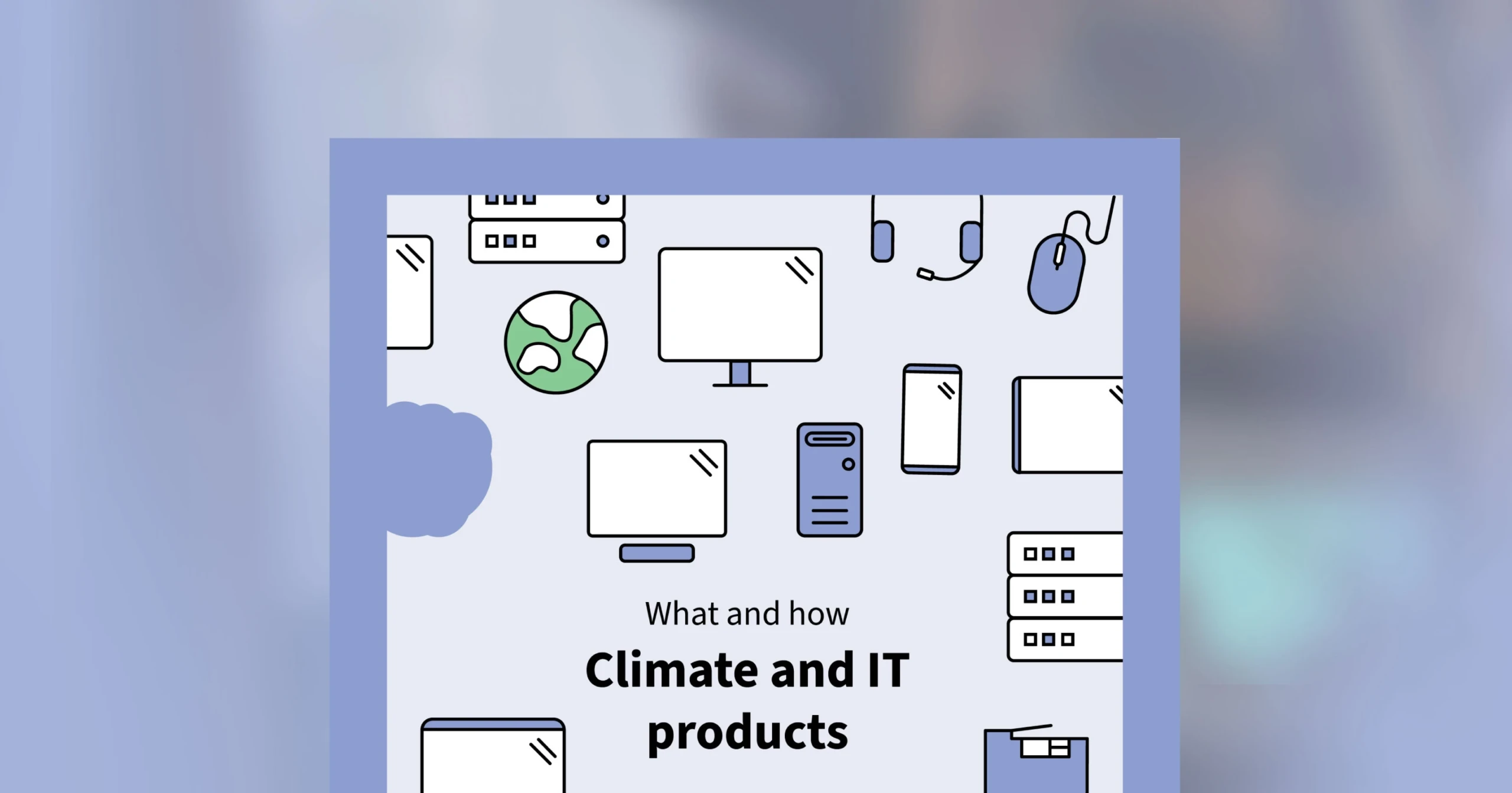Measuring the climate impact of IT purchases is a priority for many buyers, but we currently lack accurate and universal methods to do so. However, we cannot afford to wait until we have “perfect” data. It is essential that we take immediate action to reduce emissions.
Despite growing attention, accurate measurement of product carbon footprints (PCFs) remains at least a decade away. Current tools, such as Environmental Product Declarations (EPDs) and PCF calculators, lack universal standards, meaning results often vary widely. In some cases I’m aware of, calculations for identical products can differ by over 100% due to the non-uniformity of methodologies, assumptions, and data sources used.
This creates a dilemma: how can IT buyers balance the need to measure climate impact without falling into greenwash traps, while also driving actual reductions where they matter most — in the supply chain?
What is a product carbon footprint?
A product carbon footprint (PCF) is intended to measure greenhouse gas (GHG) emissions over a product’s entire life cycle, using life cycle assessment (LCA) methodology. Done well, this measure highlights emissions “hotspots” and points to reduction opportunities. But today, PCFs are riddled with problems:
No standardized methods: Different companies and tools use different calculation models, and reporting boundaries aren’t consistently defined.
Incomplete scope: Many PCFs use a “Cradle to Gate” approach, excluding the product’s use phase.
Scope 3 challenges: Indirect emissions from an organization’s value chain are difficult to measure. Instead, they are often estimated or excluded, leading to a significant underestimation of the overall carbon footprint.
Inconsistent data: Results vary not only by company but even by the individual entering the data and carrying out the assessment.
The outcome? Unreliable assessments that make product comparisons difficult and sometimes misleading.
Measure or reduce? We must do both
A concerning trend we’ve observed among purchasing organizations is the increasing amount of resources being allocated to compliance, reporting and measurement — often at the cost of actually reducing climate impact. If the primary motivation for measuring IT’s climate impact is to comply with reporting requirements, then we are missing the point. With up to 90% of a computer’s lifetime emissions embedded in the supply chain (scope 3), we must commit to an all-hands effort to reduce that impact. We need to use currently available data to identify the sources of the majority of emissions, but our main focus should be to drive down those emissions. Only then do measuring and reporting make sense.
Here’s how we can start to get measurements and reductions in balance:
- Use measurements to guide decisions — not as the end goal.
Understand the limitations of product carbon footprints but use them to shape better IT strategies. - Focus on scope 3 reductions in manufacturing.
This is where the vast majority of emissions occur — and where procurement pressure has the most significant influence. - Use an annualized PCF to get a picture of emissions over time.
We developed an annualized model that distributes a product’s climate impact across its whole lifespan. This encourages longer product use and pushes the industry to design for durability, reducing the annual footprint. Purchasing organizations can access this data and create a customized report in our Report Generator.
What IT buyers can do
- Extend product lifetimes. The longer you use IT products, the lower the annual carbon impact.
- Don’t stop measuring — but know the limits. Use annualized PCF data as one input, while also dedicating time to dialogue with your suppliers about Scope 3.
- Ask for TCO Certified. By doing this, you’re increasing the signal to the industry to reduce scope 3 emissions.





